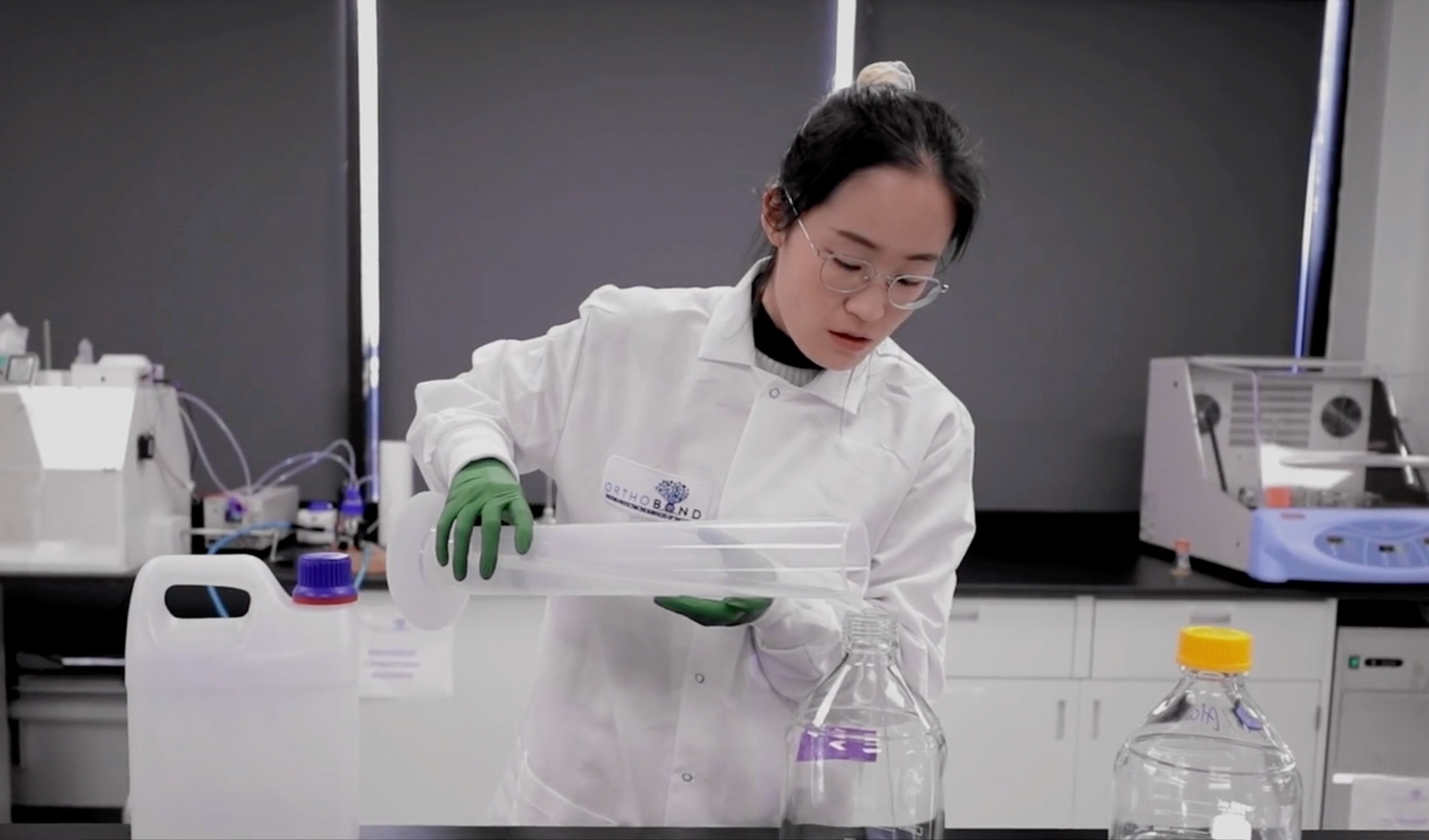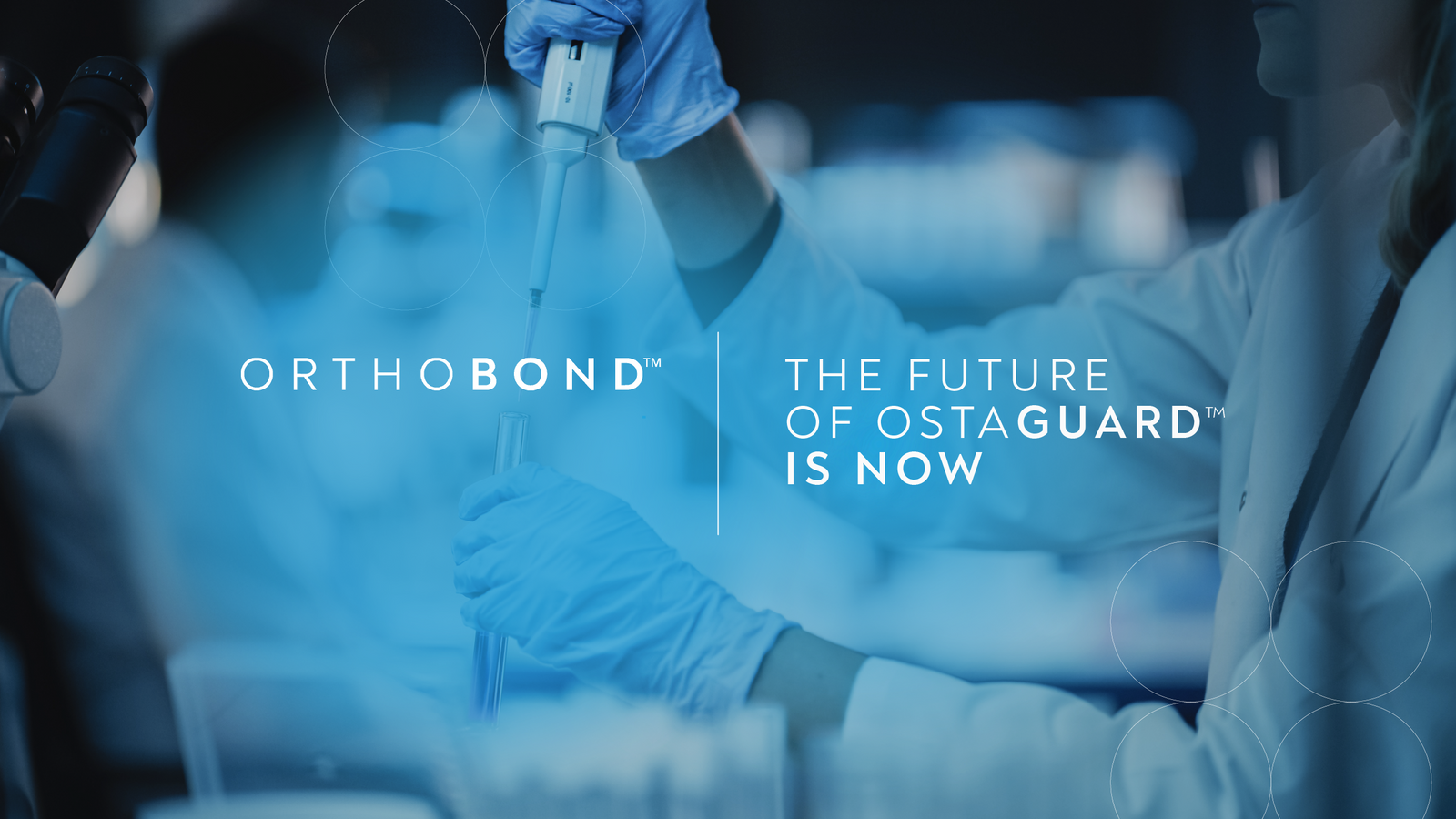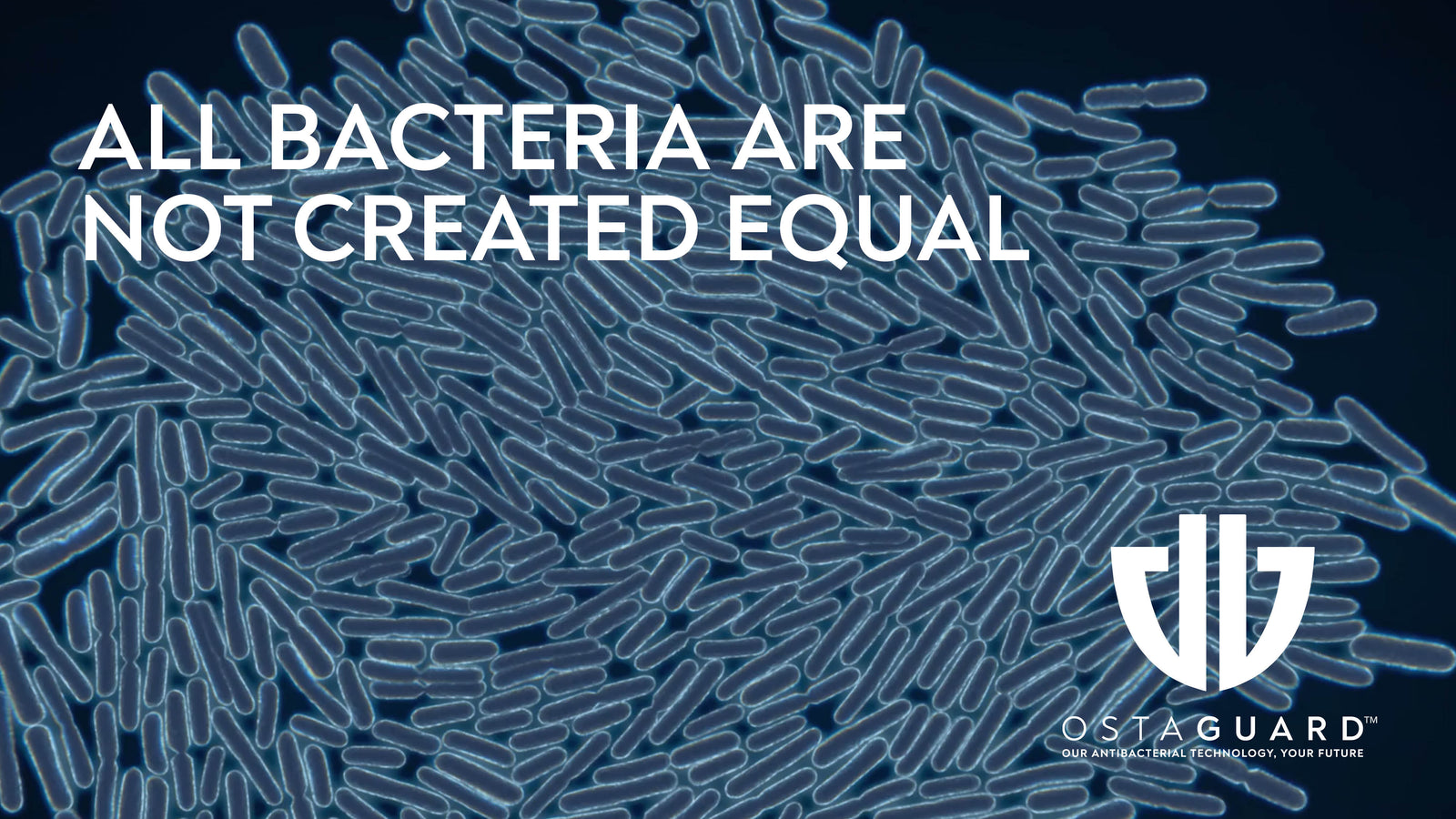
Medical device contamination is a leading cause of device failure—and has a major impact on patient care. Complications are serious, ranging from restricted mobility and mild to severe pain (at best) to the need for revisional surgery or amputation, and even death.
Hospitals go to great lengths to minimize the risk of patient infection. Common protocols such as PPE use, double gloving, routine glove changes, environmental cleaning and disinfection; and the cleaning, disinfecting and sterilization of medical instruments and devices are not always effective, which is why implant contamination continues to be a worldwide problem.
More than a decade ago, Orthobond set out to create a way to protect implantable devices from microbial contamination at their own surface level. After spending 13 years and $47 million, Ostaguard is the first FDA-cleared antibacterial surface treatment for permanent medical devices (with an initial application in the field of orthopedic spinal implants).
Ostaguard surface technology kills bacteria by mechanically rupturing pathogens. Unlike antibiotics which have specific molecular targets that are not present in all microbes, the Ostaguard surface targets microbial cell walls with three broad mechanical mechanisms.
Ostaguard relies on a proprietary application process that uses wet chemistry to permanently attach the antibacterial coating to an implantable device. This process utilizes a nanoscale layer of phosphonate linkers to create a foundation for the antimicrobial chemistry. This foundation is stable across a wide range of conditions, including temperatures and pH levels found within the human body. Orthobond then uses a patented process to attach quaternary ammonium compounds (QACs) to the linkers using a highly controlled chemistry technique to create the potent antibacterial effect.
After being tested on multiple surfaces against numerous microbes that represent nearly all cases of device-related infections, Ostaguard was shown to be highly effective in killing bacteria that could come in contact with an implant in the operating room, while being safe for human cells.
It’s important for manufacturers to know that there’s no need to redesign already-approved devices before they are coated with the Ostaguard nanosurface technology.
Orthobond offers medical-device manufacturers development expertise for applying the technology to a new device, seasoned regulatory and compliance experts that help navigate the approval process, and an 8,000 square-foot facility that handles manufacturing and pre-market testing. After more than a decade, Orthobond has an established protocol of safety and efficacy tests for FDA-regulated medical devices.



